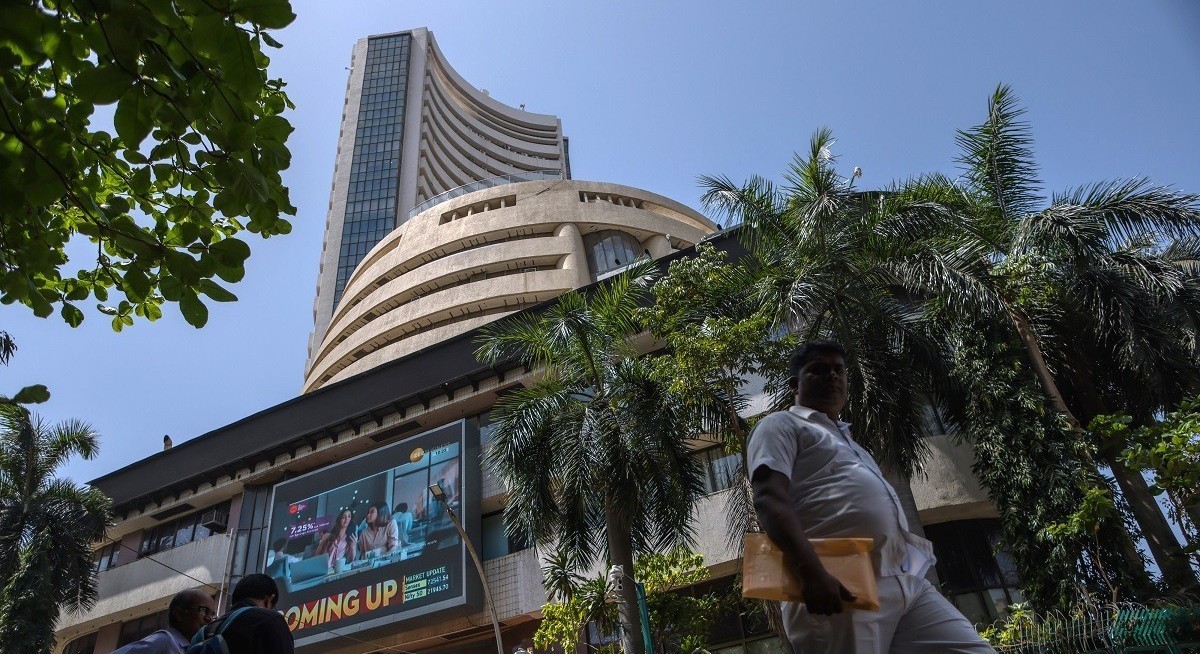The sky-high rate leaves India, the world’s fastest-growing major economy, facing a likely slump in trade with its largest export market. The levies also threaten India’s export competitiveness against rivals like China and Vietnam, while raising questions about Prime Minister Narendra Modi’s ambitions to transform the South Asian nation into a major manufacturing hub.
“This is a strategic shock that threatens India’s long-standing foothold in US labour-intensive markets, risks mass unemployment in export hubs, and could weaken India’s participation in global value chains,” said Ajay Srivastava, founder of New Delhi-based think tank Global Trade Research Initiative.
He added that competitors stand to benefit, “potentially locking India out of key markets even after tariffs are rolled back.”
Some key industries will be exempt. Electronics exports, for instance, won’t be covered — sparing Apple Inc’s massive new factory investments in India for now. Pharmaceutical exports are also unaffected.
See also: Tokyo inflation beats forecast, keeping BOJ on rate hike path
The levies have stunned Indian officials, and follow months of trade talks between New Delhi and Washington. India was among the first countries to open trade talks with the Trump administration, but its own high tariffs and protectionist policies in sectors such as agriculture and dairy have frustrated US negotiators.
Relations further soured after Trump lashed out at India over its buying of Russian oil. New Delhi has argued the purchases stabilise energy markets, and has said it will keep buying Russian oil “depending on the financial benefit.”
See also: Reeves’ £26b tax hike calms markets after chaotic rollout
The fraying relationship has pushed India to edge away from the US and forge deeper ties with fellow members of the BRICS bloc. Beijing and New Delhi have in recent months sought to patch up ties that had plummeted after violent border clashes in 2020, with Modi expected to meet President Xi Jinping on the sidelines of a security summit in China next week — his first visit there in seven years.
At the same time, India and Russia have pledged to increase their annual trade by 50% to US$100 billion over the next five years. India has ramped up oil imports from Russia since the full-scale invasion of Ukraine began in 2022, and now accounts for about 37% of Russia’s oil exports, according to Moscow-based Kasatkin Consulting.
Indian companies temporarily paused their imports of Russian Urals purchases in early-August but returned to the market in the weeks since.
A US trade team that was scheduled to arrive in India on Aug 25–29 for a sixth round of trade talks has deferred its visit, raising further concerns over whether the two sides can clinch a trade deal by fall — a goal set during Modi’s visit to the White House in February.
Citigroup Inc estimates that the combined 50% tariff poses a 0.6-0.8 percentage point downside risk to annual gross domestic product growth.
The economic impact may be cushioned by the fact that India’s economy is largely driven by domestic demand, rather than exports, so shoring up consumer and business sentiment is key to faster growth. Private consumption makes up about 60% of India’s GDP — and although the US is India’s biggest export market, with shipments of US$87.4 billion in 2024, that still amounts to only 2% of India’s total GDP.
To stay ahead of Singapore and the region’s corporate and economic trends, click here for Latest Section
To shore up confidence, Modi’s government has pledged “next-generation reforms,” beginning with a major overhaul of consumption tax. Officials in New Delhi are also huddling to come up with measures for supporting sectors such as textiles and footwear that are likely to be hit hard by higher tariffs.
India’s bond and currency markets have slumped ahead of the new levies, with the rupee now the worst performing currency in Asia this year. Indian stock markets have already witnessed foreign outflows of almost US$5 billion since July.
“The silver lining may be that this external stress will spur India to accelerate overdue reforms,” wrote Trinh Nguyen, a senior economist at Natixis, in a note Tuesday. “Land, labour, and liberalisation are all needed to unleash growth and increase competitiveness.”




